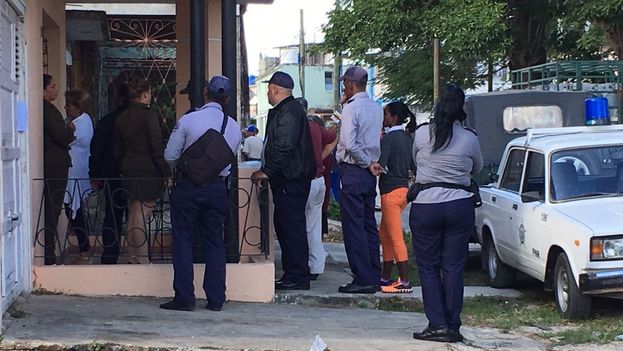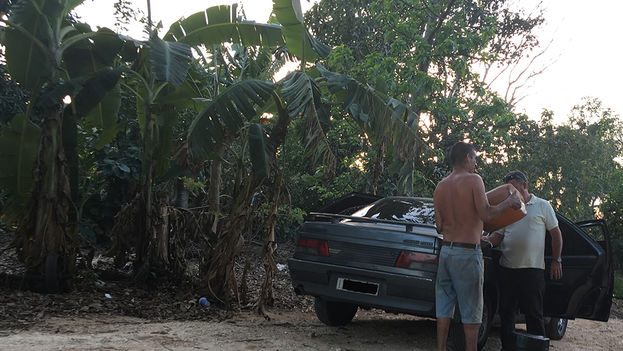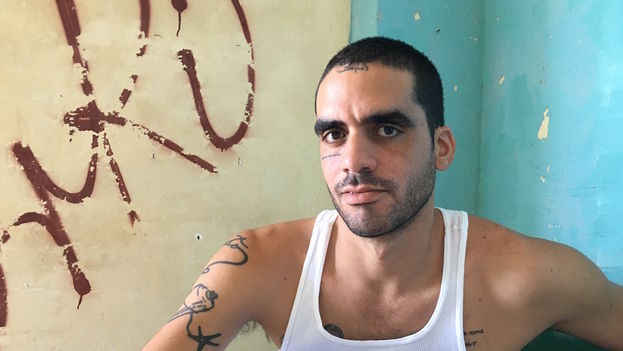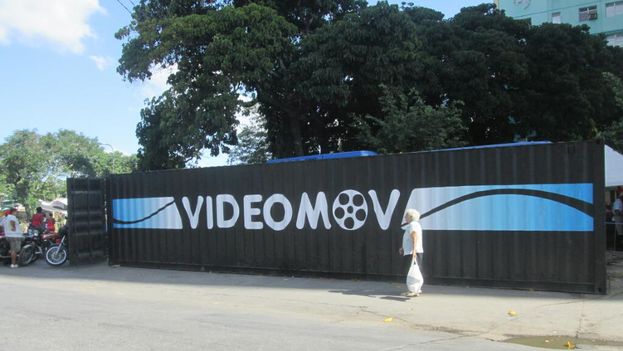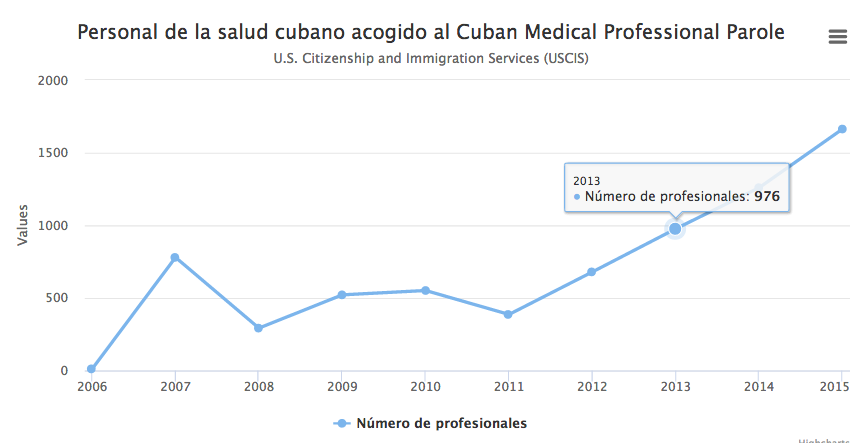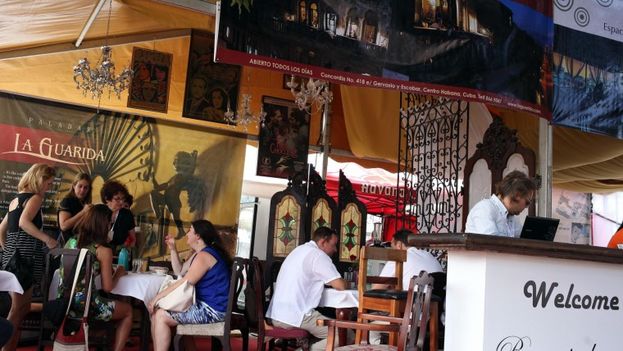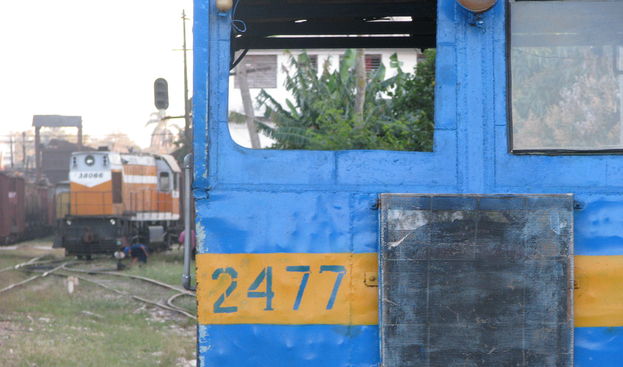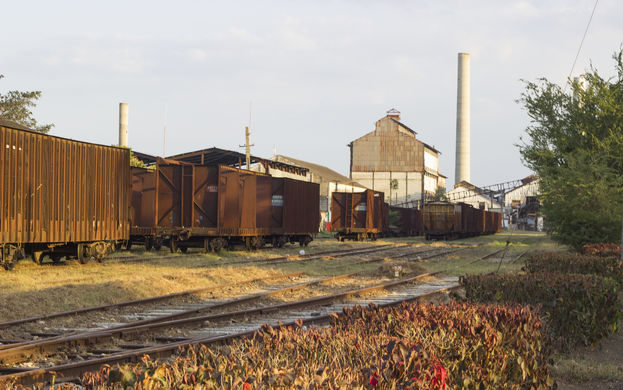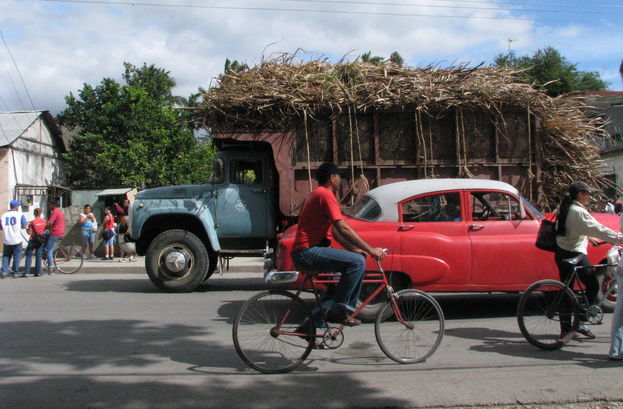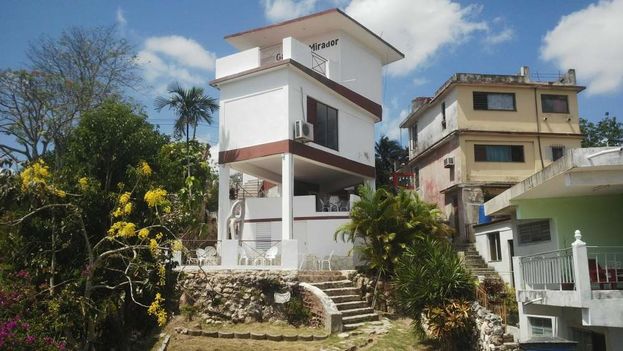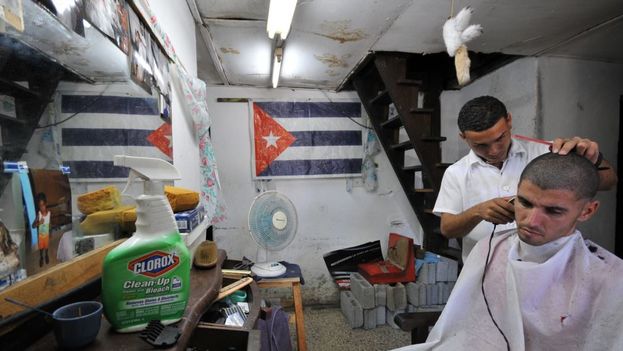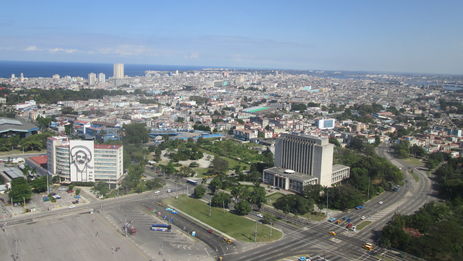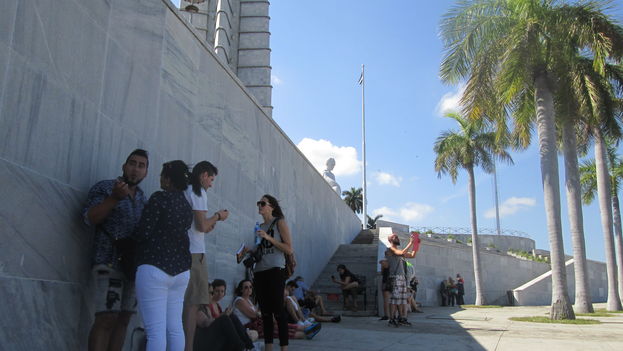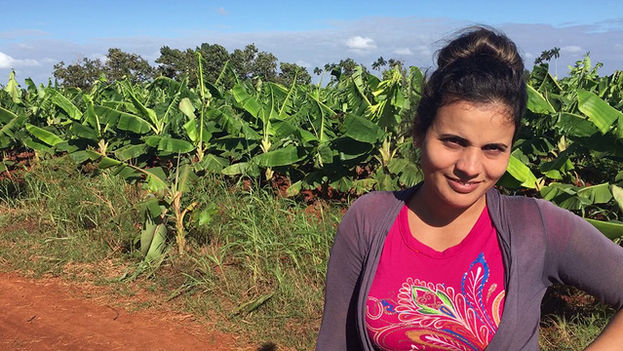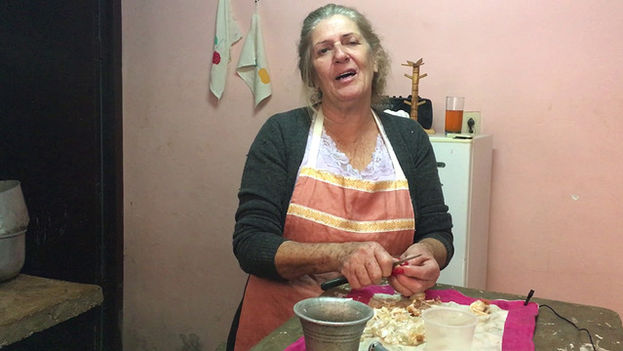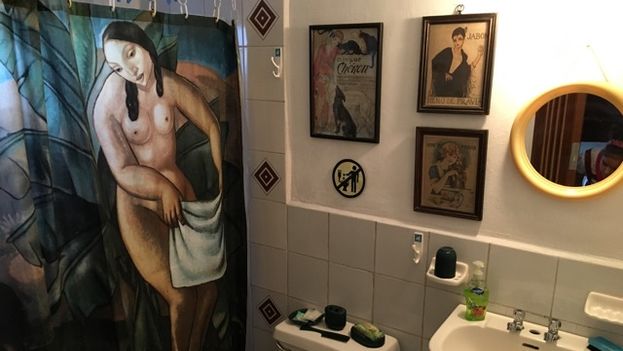
14ymedio, Luz Escobar, Havana, 7 February 2017 — Rustic, elegant or family friendly. These are the preferred accommodations offered by Airbnb in Cuba. The hosts, for their part, prefer serious customers who pay well, but above all value the ability to directly manage their rental, two years after the huge international private rental platform opened its services in Cuba.
“There is nothing like Airbnb,” said Jorge Ignacio Guillén, a student of economics who rents out a house in the town of Soroa, Artemisa. Surrounded by lush vegetation, orchids and birds native to the area, the accommodation is described as “rustic” and in direct contact with nature. continue reading
The young man helps his family manage the home’s profile on the California website specializing in vacation rentals. Guillén signed up a year ago and his family’s house is now is one of the more than 4,000 rental options that Airbnb claims exist on the island.
Airbnb listings in Cuba range from exclusive mansions with pool that can cost up to $1,000 a night depending on the number of rooms, to single rooms with a bed or bunk for about 10 dollars
The San Francisco-based company, created nine years ago, expanded its services to Cuba in April 2015, just months after the announcement of the diplomatic thaw between Washington and Havana.
The offerings on the island range from the most luxurious to the simplest. From exclusive mansions with pools that can cost up to $1,000 a night depending on the number of rooms, to single rooms with a bed or bunk for about 10 dollars*. Hot running water, coffee upon awakening or a minibar are some of the options to choose from.
Of the more than 535,000 self-employed workers in the country at the end of 2016, at least 34,000 dedicate themselves to renting homes, rooms and spaces. An unknown number offer a house or a room “under the table,” without a state license and without paying taxes.
On the island, entrepreneurs need to obtain a rental license, in accordance with the regulations on self-employment implemented in the mid-1990s. Owners of registered rentals must pay license fees and taxes deducted from personal income. These vary depending on the location of the property, the square footage allocated to the rental, and the occupancy numbers.
Airbnb registration is simple. The first step is to fill out a detailed form about the accommodation you are offering and the guests you wish to host. Within a few minutes you will receive an email welcoming you to the platform. The last step is to attract customers, who will rate the accommodation through the company’s website.
The Guillén family has wanted to do everything legally to be able to take advantage of the growth in tourism. Last year, the number of foreign visitors reached 4 million, 6% more than the 3.7 million visitors initially forecast, according to the Ministry of Tourism (Mintur).
Most of the rooms offered on Airbnb are located in Havana, but other destinations such as Trinidad, Viñales, Santiago de Cuba and Matanzas are gaining prominence. The Cuban market stands out as the fastest growing in the history of the company.
Guillén learned about the service through a friend outside the island and as soon as he had the opportunity to connect to the internet he posted his advertisement. “From then to now business improved a great deal and we are finding a lot more customers,” he tells 14ymedio. Also, the new customers “are much better, more serious and more respectful,” and “they pay more,” he summarizes.
The family is offering “a simple country house,” and puts its guests in touch with a guide service and horseback riding. After the reservation, all the information is shared via email, the most fragile part of the operation due to the low connectivity to the internet still experienced in Cuba.

Rebeca Monzó, a craftswoman and blogger who has a room for rent on Airbnb, complains of the difficulties involved in managing the service without internet access. Although an email account on the government Nauta service has alleviated the problem, responding immediately when she receives a reservation message is complicated.
Monzó, who has made clear her preference for “stable, professional and retired couples,” will receive her first customer in February, “a Mexican filmmaker who is coming with his wife.” For this coming March she already has another confirmed reservation.
The increase in the number of days of occupation per year is one of the advantages for local entrepreneurs who have joined Airbnb. Guillen confesses that although he still has “much to learn about the management of the platform,” he does manage, through it, to “maintain a good number of reservations.”
After the difficulties of eight years of construction to get their property ready in Soroa, a beautiful natural area, the young man’s family is reaping the fruits of their labors. However, they recognize that the most difficult thing continues to be “always having on hand the necessary supplies to meet basic needs,” because “there still is no wholesale market in the country.”
In Monzó’s Havana neighborhood of Nuevo Vedado, “almost everyone who rents to tourists has signed up for the service. The customer pays from their own country directly to Airbnb,” and then “they send an Airbnb representative to the house who brings the money in cash,” she says. It is the same formula frequently used by Cubans abroad to send remittances to family on the island.
But for Monzó, the business is far from a source of great profits. “When I signed up, I wasn’t thinking about being able to buy a yacht. I was just thinking I’d like to have a well-stocked refrigerator.”
*Translator’s note: Looking at the listings on Airbnb’s site as of today, single room rental rates (two guests) appear to be concentrated in the range of about $25-$35 (with many that are more and less than that). A professional employed by the state in Cuba earns roughly $40 a month; physicians earn roughly $60 a month.

